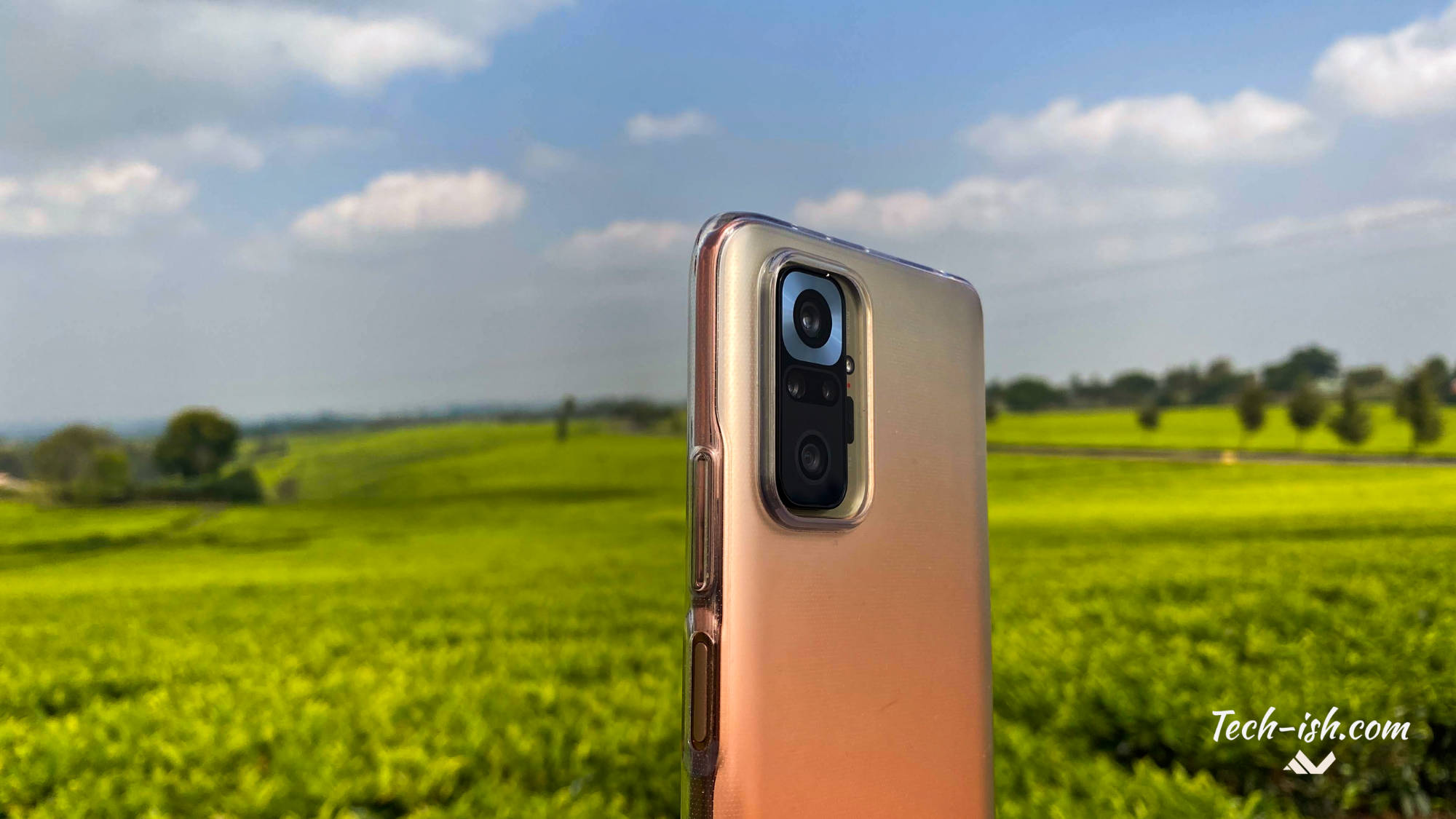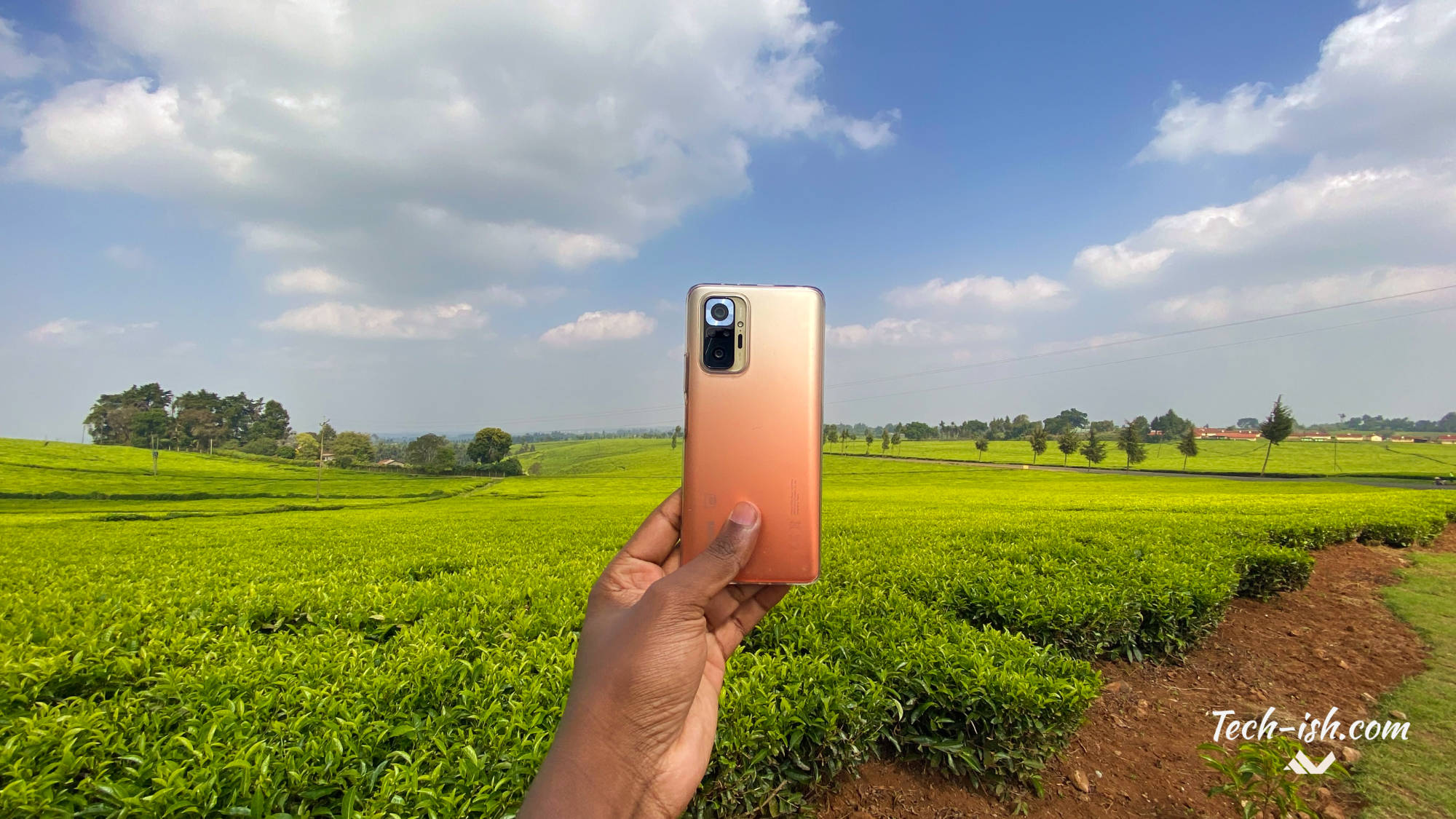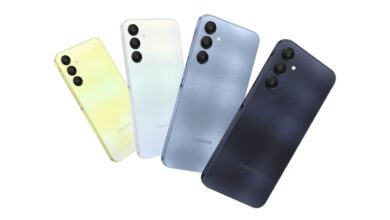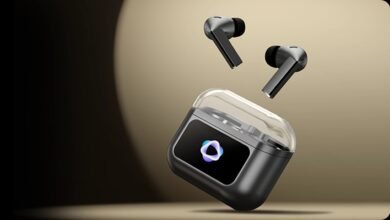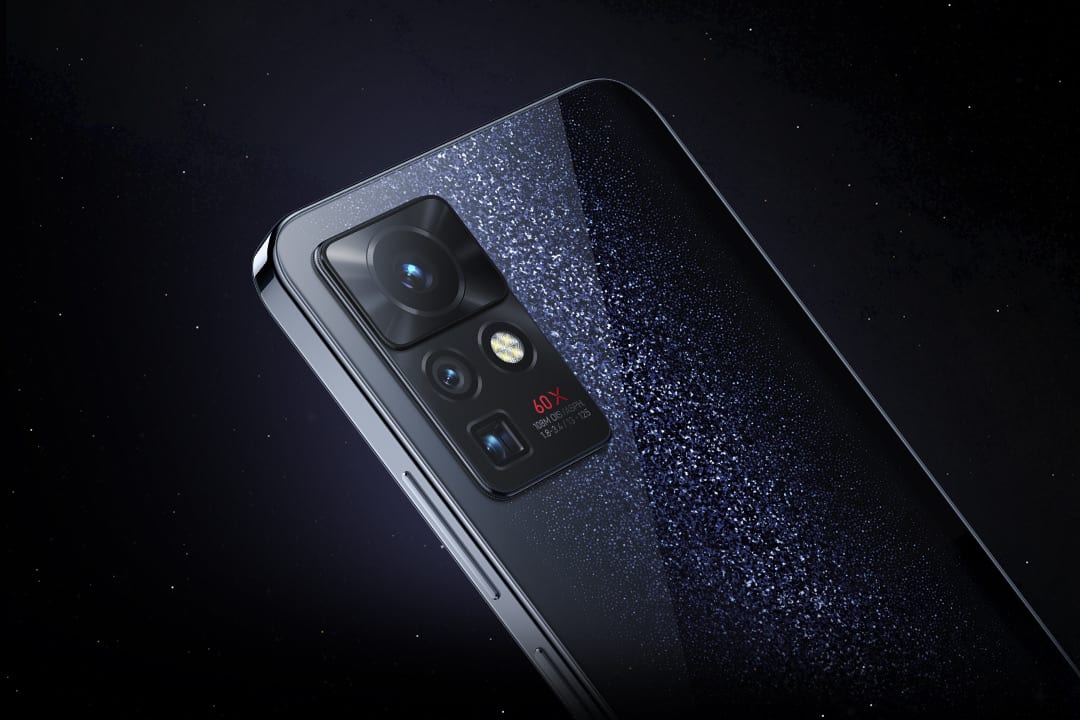
While compiling the spec sheet of the Infinix Zero X PRO, I was quite amazed by the company’s choices, and when the price became evident, thanks to the X-Park listing, I couldn’t help but compare it with the midrange best-value-for-money device I’ve reviewed this year: the Redmi NOTE 10 PRO.
Before going through this article, what’s the device you’d pick between these two? Write it down somewhere. Now let’s breakdown the similarities and differences down below, and you’ll tell me if you’re sticking with your choice, or changing.
NOTE: The comparison here focuses on the 8GB RAM, with 128GB Storage models only.
Prices:
The Redmi NOTE 10 PRO is slightly cheaper at a recommended price of KES 31,999. Meanwhile the Zero X PRO is expected to be priced at KES 36,999. The X-Park listing price might change since that comes with free stuff including wireless earbuds. We wait to see.
Displays:
This is crazy. Both devices have an AMOLED Panel, both support 120Hz Refresh rates, both have a resolution of 2400*1080p, and both have a 6.67 inch of usable screen. Yep, very similar here. Differences could be in the quality of the AMOLED panel, and the peak brightnesses each can hit.
NOTE:
- Infinix hasn’t mentioned the use of Gorilla Glass. Redmi uses Gorilla Glass 5.
- Infinix hasn’t mentioned any IP Rating while Redmi has an IP53 dust and splash protection rating.
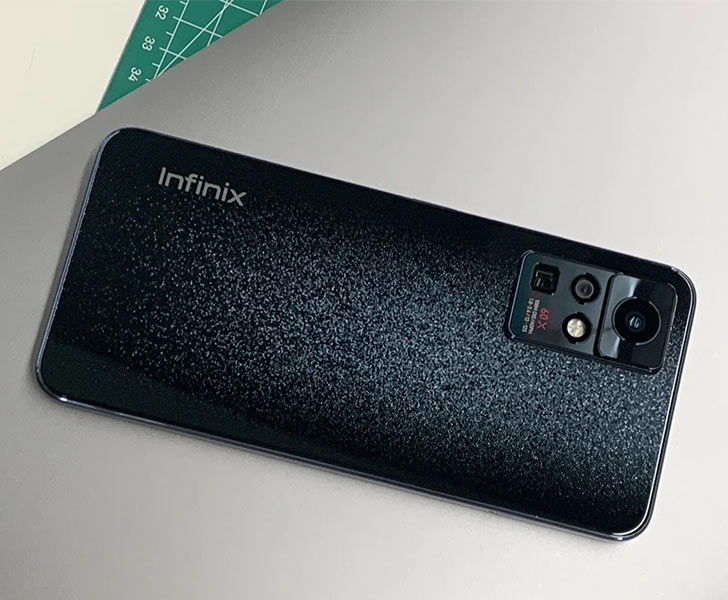
Cameras:
Both have 108MP main cameras. Great. But there’s a difference: Infinix’s has Optical Image Stabilisation (OIS), something Redmi’s doesn’t. OIS is great for videography and for stable photos.
Redmi NOTE 10 PRO has extra ultrawide, macro and depth cameras. While Infinix Zero X PRO has an Ultrawide and Telephoto lens.
Infinix’s ultrawide camera is 8MP similar to Redmi’s.
The telephoto camera on the Infinix Zero X is pretty amazing on paper. It is an 8MP Periscope lens. It can do 5X Optical Zoom (which amazing!) and 60X hybrid zoom (which is crazy!) But that’s not all, Infinix also added OIS to ensure shots are steady because you know how crazy zooming in makes the camera shaky.
So Infinix decided the Main Lens and the Zoom lens are very important. Meanwhile Redmi focused only on the Main lens. The depth and macro cameras are useless.
Processors:
Infinix went with the Helio G95 – a crazy decision as this is the same chipset on the Infinix NOTE 10 PRO. It is also the same processor on the TECNO Phantom X. And while it is a quite powerful chip, something different, like the Helio Dimensity series would make more sense.
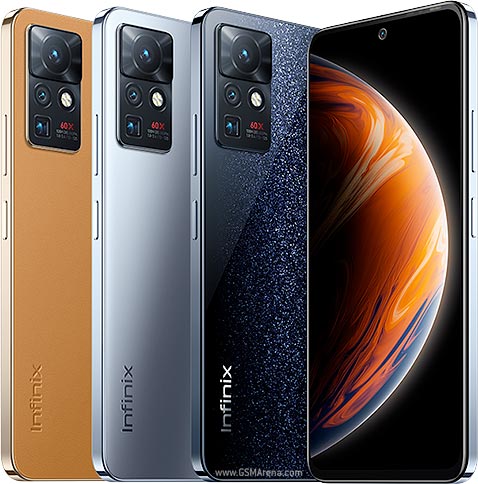
Redmi chose the Snapdragon 732G chipset.
While the Helio G95 and the Snapdragon 732G are similar and have close numbers in benchmarks, the 732G is the better chip. Here’s proof.
In the real world though, you may not notice any huge differences thanks to both coming with 8GB RAM, and fast UFS 2.2 Storage.
Battery and Charging:
According to the proof linked above, you will see the 732G processor promises better battery life than the Helio G95. I loved the battery life on the Redmi NOTE 10 PRO. I am yet to use the Zero X PRO, so I can’t say.
Both come with 5000mAh batteries, though Redmi’s is slightly bigger at 5020mAh.
Charging is where there’s a difference. Infinix is introducing a 45W charger while Redmi’s uses a 33W charger. You should be able to charge the Infinix way faster compared to the Redmi.
Both use USB Type-C ports.
So which one should you get?
Between the two, which compromise are you willing to make? Get a more stable camera for a little more money, or get a slightly faster processor for a little less money? Get incredible fast charging for a little more, or great fast charging for a little less?
Here’s the full spec breakdown:
Infinix Zero X PRO vs Redmi NOTE 10 PRO Specs comparison:
| Infinix Zero X PRO | Redmi NOTE 10 PRO | |
| PRICE | KES 36,999 Buy from Jumia | Starting KES 31,999 Buy from Jumia |
| Display | 6.67-inch AMOLED Display 120Hz Refresh Rate FHD+ 1080*2400 | 6.67 inches Super AMOLED, 120Hz Refresh Rate, 1080 x 2400 pixels, 20:9 ratio 450 nits (typ), 1100 nits (peak) Corning Gorilla Glass 5 |
| Rear Camera | Triple: 108MP Main f1.79 Aperture with OIS 8MP Ultra Wide 8MP Periscope with 5X Optical Zoom, 60X Hybrid Zoom, OIS Quad LED Flash | Quad: 108MP, f/1.8, 26mm (wide), 1/2.0″, 0.8µm, PDAF 8 MP, f/2.2, 118˚ (ultrawide), 1/4.0″, 1.12µm 5 MP, f/2.4, (macro) 2 MP, f/2.4, (depth) |
| Front Camera | 16MP with Dual Flash Light | 16 MP, f/2.5, (wide), 1/3.06″, 1.0µm |
| Chipset | Helio G95 | Qualcomm SM7150 Snapdragon 732G (8 nm) |
| GPU | Mali-G76 MC4 | Adreno 618 |
| RAM | 8GB RAM | 8GB RAM |
| Storage | 128GB Storage UFS 2.2 (Expandable) | 128 GB Storage UFS 2.2 (Expandable) |
| Operating System | Android 11 with XOS Skin | Android 11, MIUI 12 |
| Battery | 5000mAh battery 45W Flash Charge | Li-Po 5020 mAh, non-removable 33W Fast Charge |
| Colour options | Starry Silver, Nebula Black | Onyx Gray, Glacier Blue, Gradient Bronze |
| Others | Under-display Fingerprint Scanner DTS audio Speakers | Fingerprint (side-mounted) IP53, dust and splash protection |


